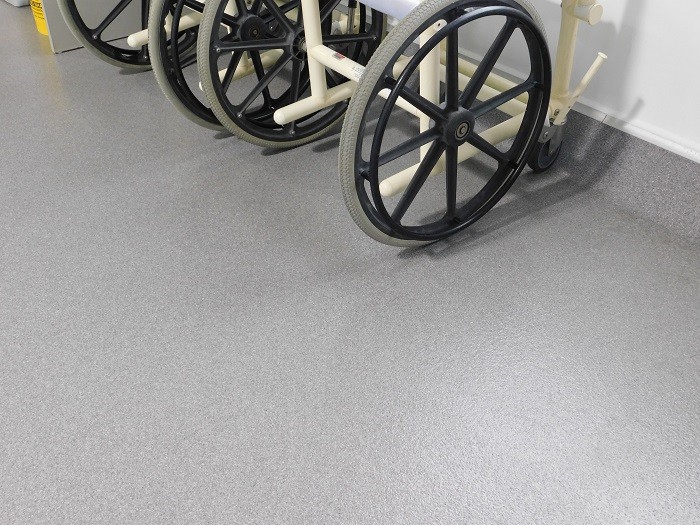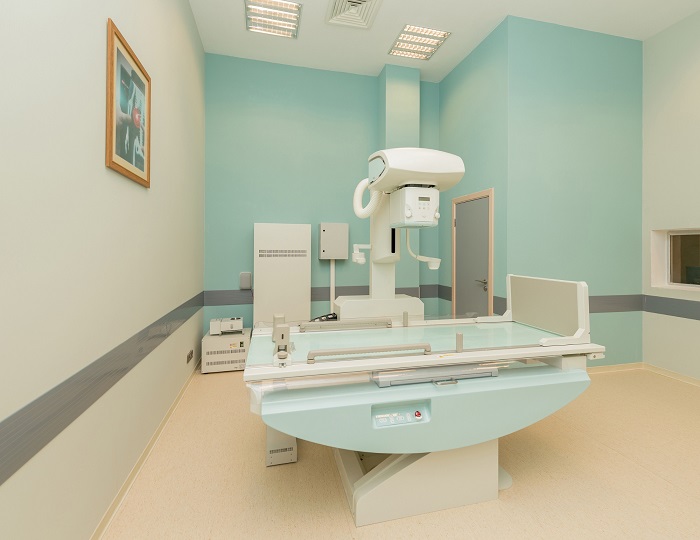As the reliance on healthcare in the world grows, it is essential to ensure that healthcare facilities are maintained well to avoid lengthy and costly repairs and to optimise their service life. To achieve this, maintenance and repair must be carried out regularly to ensure the structural integrity of a facility. From hospitals to specialised care centres, the structural integrity and durability of a facility play a vital role in providing a conducive environment for healthcare professionals to deliver optimal care.
To ensure optimum structural integrity of a healthcare facility so that it is able to operate both effectively and efficiently well into the future, it is important to consider some common issues that may arise and outline the steps necessary to address them.

Common issues that may arise in healthcare facilities
Perhaps the most critical issue facing any facility is where its structural integrity has been compromised. Serious design issues, or situations where facilities have been expanded to the point that they exceed their original design capacity can lead to catastrophic consequences. Settling of slabs and evidence of structural cracking are just two examples, which should raise questions regarding a facility’s fitness for purpose and whether or not it is still sound for its intended use. Due to the potentially serious nature of these issues, the facility owner should always enlist the services of a specialist diagnostic/ structural engineer to properly identify the causes of the failings in question and outline the scope of work required to repair them.
Joint failure in a facility is a weak link that can cause huge issues that may lead to severe safety and serviceability problems. Gaps within joints can be a breeding ground for bacteria, which can pose a huge risk to patients as well as diminish the structural integrity of the joints, caused either by mechanical damage or joint sealant failure, potentially leading to severe safety and serviceability problems. Aside from waterproofing issues and slip, trip, and fall hazards, failed joints can be a breeding ground for bacteria, which can pose a serious risk to patients.
Spalling concrete and scaling often happen on hospital buildings and car parks. These are typically a result of corroded reinforcing in the substrate concrete. If not remedied, loose concrete will break away in time and pose a serious hazard to the public. If spalling is left for too long, the corrosion and degeneration may progress to the point that whole slabs, columns, or beams may need to be broken out and replaced, which would pose a major and costly disruption to the healthcare facility.
Flooring within a facility is another area that often poses problems, especially as it grows beyond its original intended use. Issues such as cleanability and hygiene of floors, and more serious design issues including the floor's ability to handle the type of traffic and loading that it will be exposed to, need to be considered and monitored constantly. Failure to do so may lead to costly repairs and safety hazards that could have easily been avoided if identified early on.

The impacts of poor structural integrity within a healthcare facility
A multitude of issues can be caused by poor structural integrity that not only affect the functionality but could also hurt the reputation of the healthcare facility. Some of the impacts could include:
Threat to safety
The safety of patients, staff, and visitors is obviously of paramount importance and a compromised structure poses a huge threat that can result in injury, loss of life, and legal consequences for the healthcare facility. Prioritising integrity through regular maintenance and repair mitigates this risk and ensures the wellbeing of everyone.
Operational disruptions
Quality of care is crucial and frequent disruptions can affect patients by disrupting the flow and scheduling. Temporary closures are a major concern especially when a healthcare facility needs to ensure smooth operations.
Financial implications
Financial implications to a healthcare facility can be devastating and prioritising structural integrity through maintenance and repair is a cost-effective approach to prevent an even bigger financial burden.

Equipment damage
Advanced medical equipment is essential to patient wellbeing and is very expensive for the facilities that hold them. The risk of failing structural integrity could impact the equipment causing irreparable damage.
Lack of trust
Poor structural integrity could cause substantial damage to a facility putting staff and patients at risk, which in turn could cause community distrust.
Steps to enhance structural integrity
Regular inspections/assessments
Regular inspections and assessments are the first step to ensuring the structural integrity of a healthcare facility. It is important to ensure that these inspections are conducted by qualified professionals. When conducting the inspections and assessments, due attention must be given to local building codes and industry standards. It’s also important to clearly understand the client’s expectations in terms of the expected service life of the facility.
Maintenance and repairs
Maintenance and repair requirements identified by the inspection can then be documented in a maintenance and repair schedule. The schedule should outline the scope of work for each and prioritise that in order of importance. Clearly defining the time, cost, and scope of work for repairs needing to be done will help the client schedule the work accordingly. Ensuring regular maintenance and repairs helps to extend the longevity of the building and reduce the need for more costly and urgent repairs in the future.
Training and education
Ensuring that the facility has a suitably qualified maintenance team will go a long way to helping minimise maintenance and repair costs. Conducting regular training sessions and reviews with maintenance and management teams will help them constantly be on the lookout for potential issues and give them the tools necessary to address any issue efficiently and effectively.
Building material quality
For larger costly repairs, it’s always advisable to appoint a professional team. Collaborating with professionals such as engineers, architects, and specialist contractors can ensure correct guidance on the most appropriate materials for the facility and determine the correct repair methodology aligned with the relevant design code. Needless to say, substandard building materials can compromise the durability of the repairs and ultimately the structural integrity of the facility. High-quality materials that are durable and resistant to wear and tear should always be used.
Conclusion
Taking everything into account, the maintenance and repair of healthcare facilities is crucial to ensure the safety and wellbeing of patients, staff, and visitors. Regular inspections, maintenance and repairs, ongoing training of maintenance staff, collaborating with the right professional team, and using high-quality building materials are all steps to be taken to enhance the service life of that facility. By adhering to the above, healthcare facilities can contribute to their primary goal – providing optimal care to their patients, staff, and the public in a safe and secure environment.

